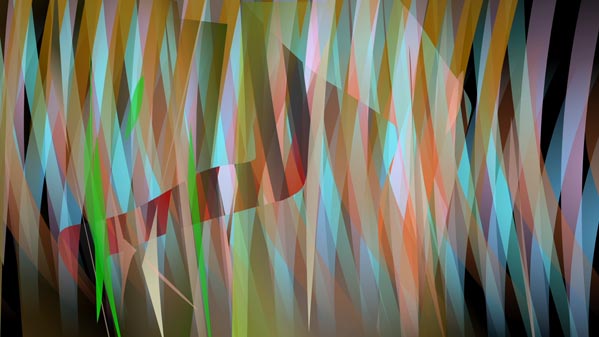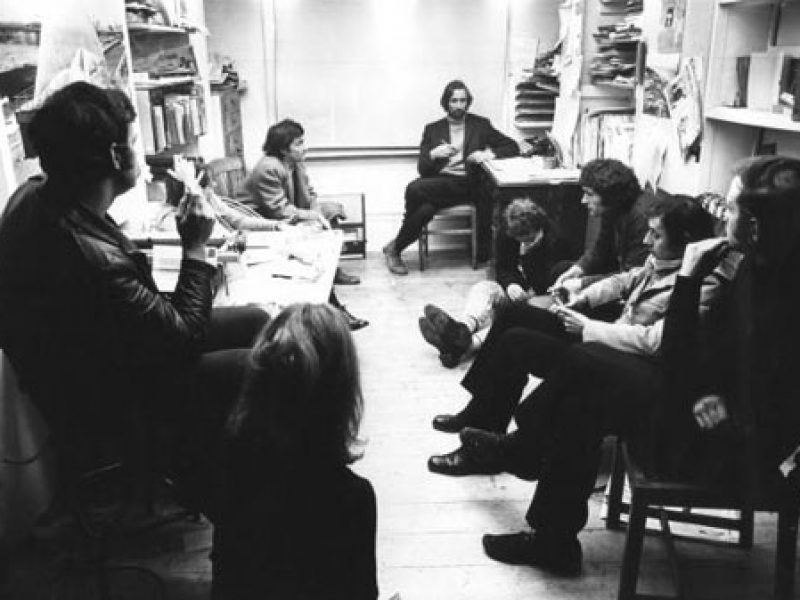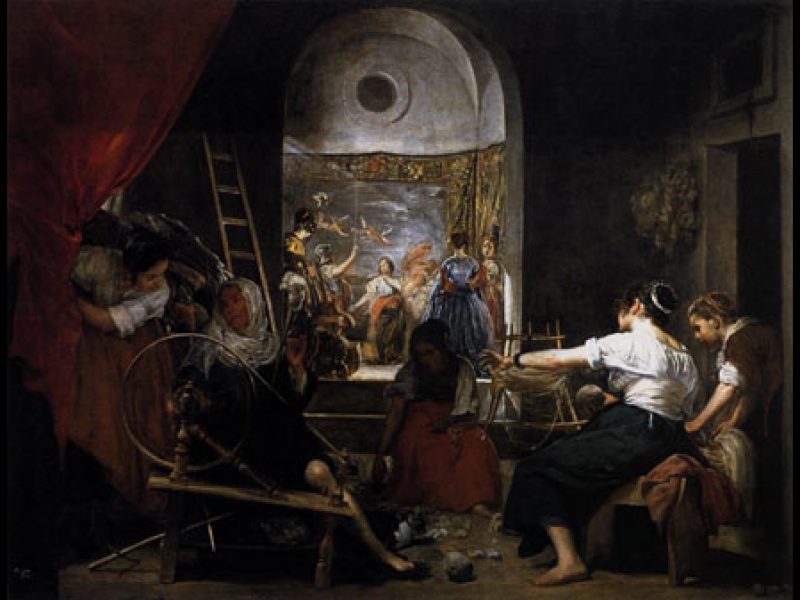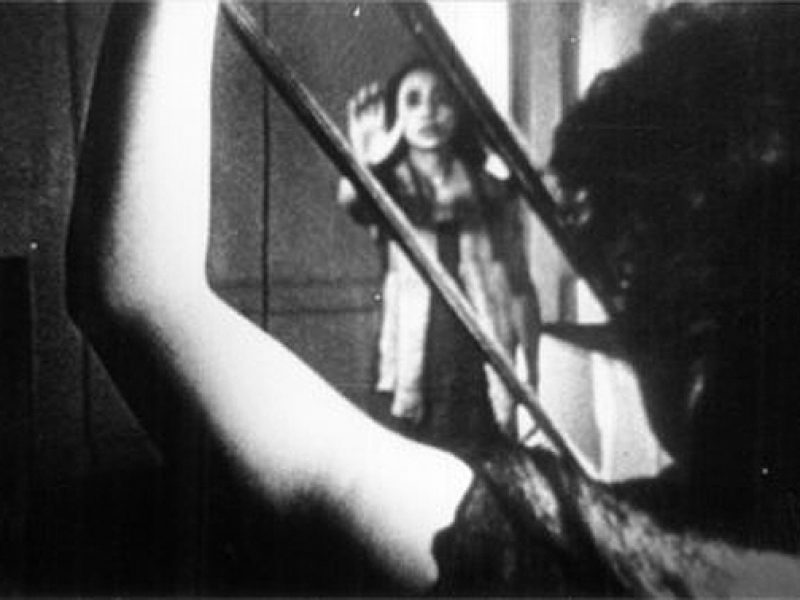The 19th century landscape painter John Constable rejected patronage, aristocratic commissions and cultivated an anti-establishment ‘I’m a genius nobody likes me’ persona. Nouveau-riche city-slickers lapped his work up, as did mainstream critics. So far, so Kurt Cobain.
Like Nirvana’s music there is a lot of fuzz in Constable’s work, a lot of formula, a lot of impressionistic iconography. A big part of these artists’ art-work was in the formalist reductions that became a kind of short hand that was easily recognised by audiences who saw, in these imprecise and yet highly controlled gestures, exactly what they wanted to see. Both sold an idea of ‘natural’ settings –adolescent misery, the Suffolk countryside – from a distinct remove from these settings, even though these places were both, in different ways, where each was from.
While the content of Nirvana’s music is explicitly and intrinsically caught up in the autobiographical, a life fraught with difficulty made ‘natural’ by being boiled down to ‘teen spirit’, I want to offer an idea of Constable’s work as disguising something more two-dimensionally social, made at a time before the ‘personal was political’.
I get my Constable from John Barrell’s 1980 book The Dark Side of the Landscape subtitled, ‘The Rural Poor in English Painting 1730-1840’. Barrell argues of Constable that he smudged, blurred, erased and purposely made vague figures of the rural poor in his pictures to create an effect of harmoniousness. He painted a ‘natural landscape’ that reflected, not the tranquillity of its inhabitants, but rather the state of leisurely ease of its metropolitan and well to do audience.
Also in his chapter on Constable, Barrell refers to a passage from The Journals of Dorothy Wordsworth. Describing groups of field workers at dusk, Wordsworth writes: ‘They formed most beautiful groups, the outlines of their figures being much more distinct than by day, and all that might have been harsh or unlovely softened down.’ As Barrell writes, for Wordsworth ‘twilight masks the ‘unlovely’ evidence of exhaustion and resentment, and makes it possible for Dorothy, gratefully, to see only what she wishes to see, the figures in outline only.’
The most powerful manifestations of this art of social obscuranticism today have undergone an important change since the times of Wordsworth and Constable. The cinematic logic of the society of the spectacle involves its consumers in a relationship with narcissistic reflection that brings the mirror plane and its figure of mis-identified leisure past the screen to be diffused into the society which produces it. We, or potentially we, are now both the subjects of and consumers of naturalised inequality. We now watch from a position within an artificially harmonious landscape.
No artist’s work illustrates this better, and, in the process, lets the ideological imperatives behind it slip out more blatantly, than the work of Olafur Eliasson. Bluntly, Eliasson deals in providing a ‘sense’ of community while, in doing so, strategically impairs the actual senses with which we distinguish what’s going on in the world. In his 2003 Tate Weather Project, visitors were submerged in precisely the same hazy half-light that beautified the workers for Wordsworth.[1] The logic of the Weather Project is reductive to the extent that it collapses its own aim. An idea of community had once existed precisely because of the different social relations it bound together, Eliasson’s work masks these at a time when there is no longer any scope for relativity between those that maintain power and those who are subjected to it.
We can detect in other cultural phenomena similarly exploitative uses of the spectator to further the causes of ideologues for whom the social world really might as well be an undifferentiated shadow-land. One such phenomena is the ‘big screen’ event. These, like the Weather Project, are also often associated with Romantic ideas of nature (being held at sunset) and the pastoral (in parks and greens).
I wondered, therefore, what would function as the pacifying, fuzzifying element akin to Eliasson’s ‘dim-view’ when I visited Transport for London’s big screen at Canary Wharf tube station. This has been put on as part of ‘Art on the Underground’ and this particular event was hosted in association with LUX. As was obvious from the ‘Mayor of London’ branding and the conspicuous choice of venue, there was no doubting this event’s proximity to those who’d rather keep themselves in the dark about inequality and rely on a blind faith in a system that seeks to naturalise greed.
But it wasn’t one’s relation to light that was the factor of equalisation or difference here. Rather it was one’s relation to time on which one’s social visibility depended. ‘Time is money’ they say and people’s time is valued at different rates. One way social difference is defined on the tube is by the very perceptible value of people’s time, a value – for the many who are rushing, trying to ‘save time’ – is not adequate, but for others – strolling and looking every inch the city gent – is more than enough.
They all have their time bought; but what about those, on the other hand, sitting before the big screen? They were spending time, but also perhaps, in the more insidious sense of doing the ‘work’ of legitimising corporate control, had their time bought. Stopping to look, taking ‘time out’ of the time-that-is-money is like stepping into Wordsworth’s dusk, or Eliasson’s dark, a place where the visibility of one’s measure of difference is lost along with a clear view of who gains most.
Within this problematic framework however, LUX’s choice of work to show proved redemptive. Sebastian Buerkner’s That was your dog (2012) is comprised of a 12 minute loop of animation set to, or against, a 16 minute soundtrack, also looped. The images and the soundtrack form a disjuncture but equally both, separately and together, speak of the task of working against the sense of time’s predestination, its linear constrictions within everyday life: train times. We see, for example, a running man within a matte, a sectioned off portion of the screen, who seems to want to run outside of the frame. The image flickers as if replicating the flicker of early cinema, images set on revolving carousels and the man too is perpetually returned to his starting position. Memories are continually referred to in the soundtrack and these also suggest breaks across time but ones which ultimately return us to the now. We hear of characters who repeat patterns of behaviour. We are made aware of loops.
In subjecting oneself to the time of Buerkner’s work we inhabit the time of disjuncture, one that requires the spectator to negotiate his or her way back and forth between the looping elements of the piece. In this way we are gifted a time that is our own, our experience is distinct and under a different order of the nonetheless overlapping time of ideology: there is some room for manoeuvre.
[1] Eliasson returned to London this year with a project for the Olympics.
Dr Thomas Morgan Evans is the LUX writer in residence for September 2012. He completed his PhD under the supervision of Professor Briony Fer at the University College London where he is now a Henry Moore Institute Post-Doctoral Research Fellow, working on a book project on Andy Warhol and contemporary sculpture. Besides this he has previously been writer in residence at the LUX/ICA Biennial of Moving Images 2012 and is pursuing a number of writing projects ranging from fiction to art history and theory and philosophy. He is a keen cyclist and lives in London.







